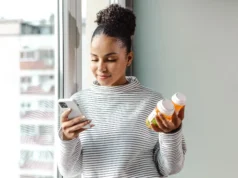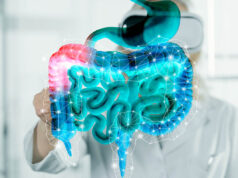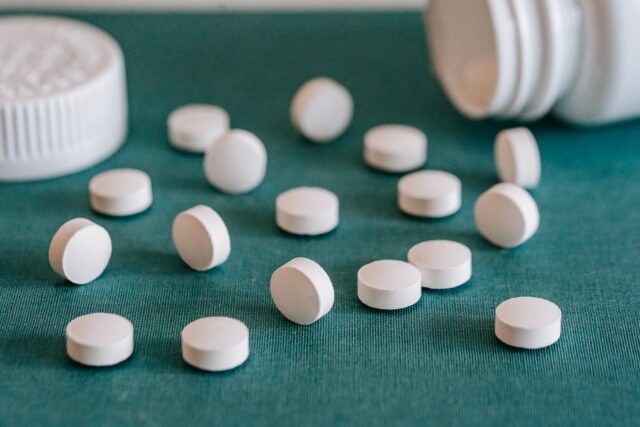
Microdosing has gained significant momentum in recent years. This practice involves consuming small, non-intoxicating doses of recreational substances, primarily for cognitive enhancement, creativity, and overall well-being.
Here we’ll explore some of the benefits, risks, and responsible methods for microdosing as a tool for personal development.
How it Works
Microdosing involves taking approximately 1/10th to 1/20th of a regular dose of a psychoactive substance. This small dose aims to elicit subtle effects that improve mood, creativity, and focus without causing intoxication, hallucinations, or other negative side effects. Some commonly microdosed substances include LSD, psilocybin (magic mushrooms), and cannabis. Delta 9, a compound present in small amounts in some forms of cannabis, has been gaining interest in the microdosing community. It’s believed to offer cognitive benefits without the intense psychoactive effects typically associated with high concentrations of THC.
While the mechanisms behind microdosing are not yet fully understood, it’s believed that these minimal doses interact with the brain’s neurochemistry to create positive changes. For example, LSD and psilocybin are known to activate serotonin receptors, which can help to regulate mood and alleviate anxiety. Cannabis, when taken in low doses, may have neuroprotective effects on the brain and reduce inflammation.
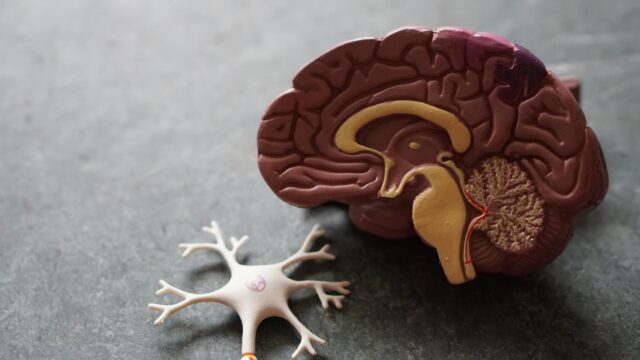
Benefits and Risks
Many users have reported experiencing a boost in creativity and problem-solving ability, as microdosing allows them to approach problems from a fresh perspective. The subtle effects of microdosing can also help to sharpen focus and attention, assisting those with ADHD or those experiencing mental fatigue. Microdosing is said to produce an overall sense of well-being and help alleviate the symptoms of anxiety and depression, making it a potential alternative to traditional mental health treatments. Similarly, the practice of microdosing can lead to a greater sense of calm and resilience in the face of stress and adversity.
Although microdosing is generally considered safe, it is not without potential legal and health risks. Possessing and using many psychoactive substances is still illegal in many jurisdictions. Be aware of your local laws before considering microdosing. Also, be aware that microdosing may interact with other medications. Consult with a healthcare professional before starting any microdosing regimen. Despite the potential mental health benefits, there are some concerns around mental health affects as well. As microdosing affects neurochemistry, individuals with pre-existing mental health conditions should approach this practice with caution and supervise the process with a qualified professional.
Microdosing effectively and responsibly involves adhering to a few guidelines. Proper dosing is key to maximizing benefits while minimizing risks. Start with a low dose and monitor your body’s response to ensure your safety. Many experts recommend adopting a microdosing schedule, such as one day on and two days off. This helps to prevent tolerance buildup and maintains the practice’s effectiveness. Documenting your microdosing experience in a journal can help you fine-tune your approach and better understand the effects it has on your mind and body. The environment and mindset in which you microdose can also significantly impact your experience. Always choose a safe and comfortable environment to experiment or practice this process.
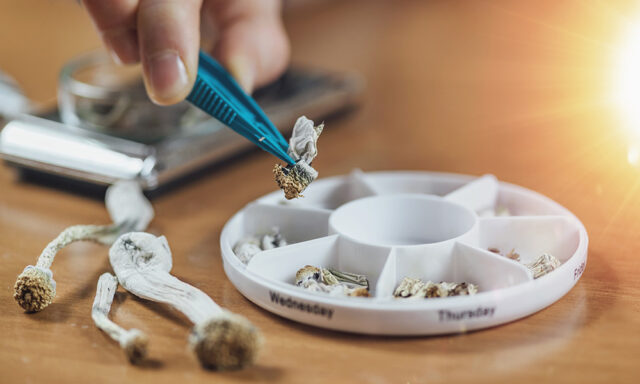
Research and Further Considerations
Although microdosing has gained popularity, scientific research on its benefits and risks is still in its infancy. However, preliminary studies and anecdotal evidence show promise in supporting the claims made by microdosers. As more research is conducted in this area, understanding the long-term implications and benefits will become clearer, potentially leading to more widespread acceptance.
While LSD, psilocybin, and cannabis are frequently discussed in the context of microdosing, other substances are also considered suitable for this practice. For example, phenethylamines such as mescaline (found in peyote) and 2C-B offer potential psychoactive enhancements when taken in low doses. It is essential to research each substance thoroughly and seek guidance from experienced individuals before embarking on a microdosing journey with these compounds.
Since its rise in popularity, the global microdosing community has grown and become more connected. Online forums and meet-ups allow individuals to share their experiences, offer tips, and provide support for those interested in microdosing. Connecting with like-minded individuals can help you navigate the intricacies of microdosing, exchange ideas, and contribute to the understanding of this practice.
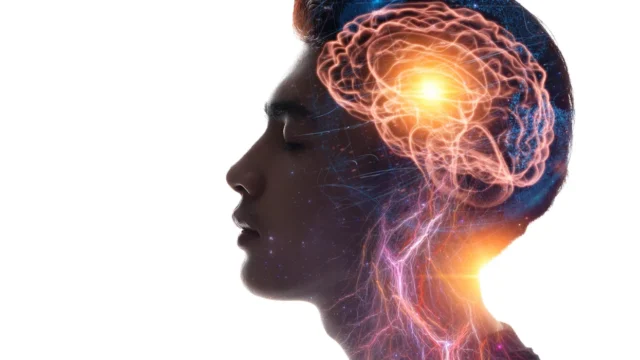
Conclusion
Microdosing offers a unique opportunity for self-exploration and personal growth. While it’s essential to consider both the benefits and risks, when approached with intention, care, and responsibility, it can be a valuable tool for optimizing mental and emotional well-being. By following safe and sensible practices, you can make the most of the art of microdosing.

